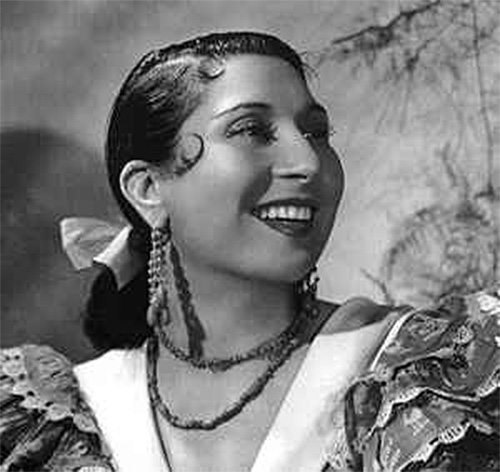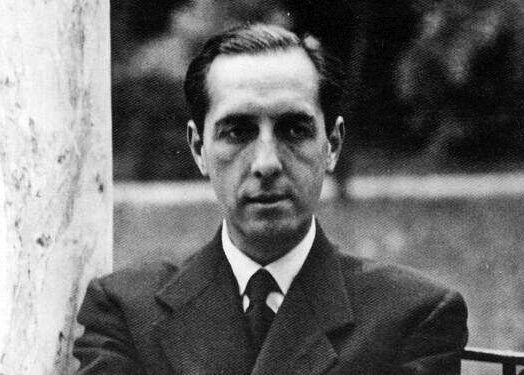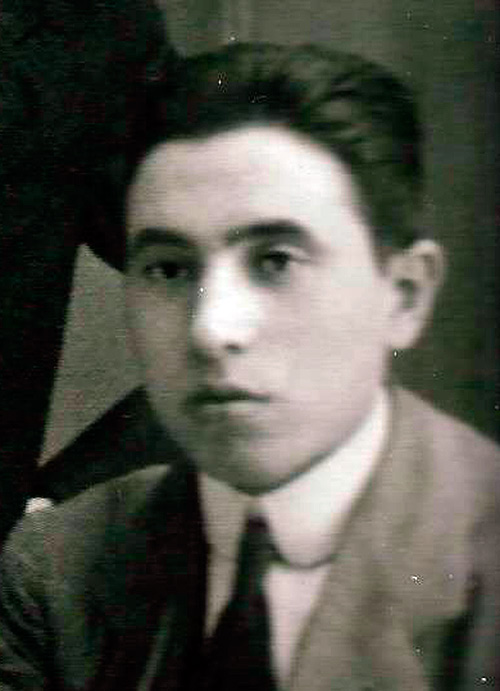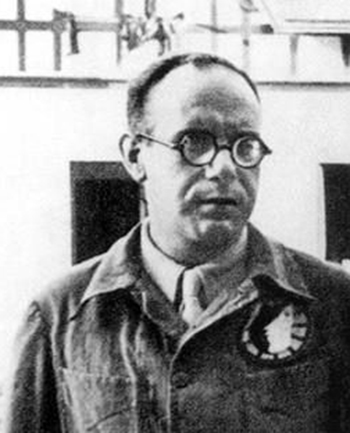Spanish dancer and choreographer, sister of Encarnación López Júlvez, La Argentinita. She spent her childhood in Madrid. She learned piano and solfège and met important flamenco figures at a very young age. At the age of eleven she began her career independently, reaping success in theaters such as the Romea, La Latina and the Teatro Principal.
In 1933, she was part of the cast of Bewitched Love by Falla with her sister, in Cádiz. From that moment on, both were to work together, Pilar becoming the second dancer of the company. With the collaboration of García Lorca she formed part of the La Argentinita Spanish Dance Company.
After the death of La Argentinita, in 1945, Pilar disbanded the company. It took her a year to return to the stage, and she did so with her own group made up of prestigious dancers such as Manolo Vargas and figures such as Pastora Imperio.
When in 1934 Ignacio Sánchez Mejías – Encarnación’s lover- died, gored by the bull Granadino in the Manzanares bullring, both went to work in Buenos Aires, from where they went on an American tour. They returned to Spain shortly before the outbreak of the Civil War and then went on a long tour traveling through numerous countries (Morocco, England, Belgium…). Finally, they settled in the United States.
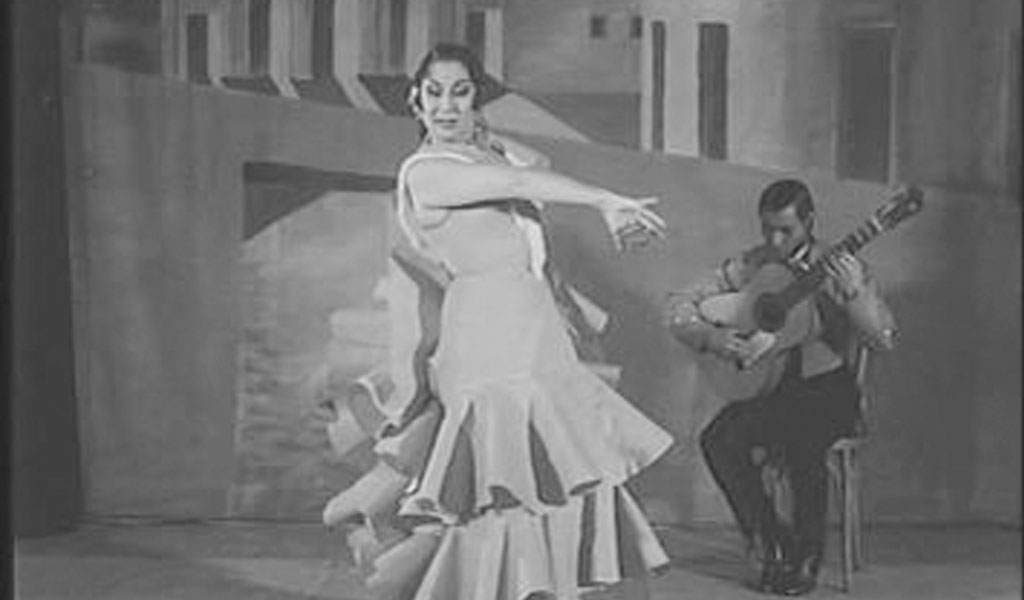
After the death of La Argentinita, in 1945, Pilar disbanded the company. It took her a year to return to the stage, and she did so with her own group made up of prestigious dancers such as Manolo Vargas and figures such as Pastora Imperio. He premiered Pepita Jiménez, Ravel’s Bolero, a new version of Chinitas’ Café, etc. She left Spain and toured Europe and America. In the late forties and during the fifties she expanded his repertoire with an adaptation of the poetic work of Federico. In 1952, she premiered in Valencia the Concierto de Aranjuez by Joaquín Rodrigo. In the following decade she incorporated two young talents into her company, Antonio Gades and Mario Maya. The 1970s represented the culmination of Pilar López’s fame. The repertoire was expanded with works by Bizet, among others.
Among her numerous decorations and awards are the Amadeo Vives National Choreography Award (1947), two Silver Cups in New York for Popularity, Gold Medal of the Japanese Osaka Festival (1960), Gold Cross of the Parisian International Institute of Culture (1965), Saggitario D’Oro of Italy (1976), Puente de Triana de Plata Award (1980) and Honorary Medal of the Granada Music and Dance Festival (2002).
She was married to the orchestra conductor Tomás Cruz and inherited the library of the livestock farmer and poet Fernando Villalón.
She died on March 25, 2008 at the age of 95.
